The content of the article
Summer is the time for fresh fruits and vegetables. However, in a temperate climate, not all the gifts of nature have time to ripen and grow, so you have to feast on imported products. In this case, there is a chance to run into low-quality goods, because unscrupulous sellers go to any tricks so that fruits and vegetables are sold as quickly as possible. This also applies to watermelons, the sales season of which is limited to several months of the year.
What do the varieties of watermelons sold in the markets of the CIS countries look like?
Residents of warm regions, where watermelons are a common melon crop, know very well what a ripe juicy berry looks like (watermelon is actually not a fruit or a vegetable, but a berry). But residents of central Russia from the north-western regions of the CIS may make a mistake when choosing a sweet treat. And this is not so much about the taste of the product, but about its health benefits. Indeed, overripe or unripe watermelons are toxic, and poisoning with them is practically worthless. What varieties are most often sold on the markets of Russia and neighboring countries?
- Astrakhan watermelon. This is the most popular and best-selling variety grown in southern Russia. It appears on the shelves in late August, it is easy to distinguish it by dark green stripes on a light green background. The Astrakhan variety is the most transportable, it is stored for a long time and does not rot from the inside. Therefore, such watermelons can be seen incredibly large. Their shape is round, slightly elongated downward. The pulp has a bright scarlet color, there are not very many seeds. Watermelon is juicy and fragrant. Ripeness is determined by the contrast of the color of the stripes closer to the tail: the more mature the watermelon, the greater the contrast.
- Melitopol watermelon. Ripeness is determined in the same way as in the Astrakhan variety. It is grown in the south of Russia, Ukraine and in Moldova. It can be stored for a long time, up to 4 months. It has a peel about 1.5 cm thick. The pulp is dense and juicy.
- Raspberry Sugar (Crimson Sweet). Outwardly, the watermelon is similar to Astrakhan, but the peel has not a matte, but a glossy shine. This is due to the fact that the variety belongs to the category of early ripe, and on the shelves it appears already in mid-summer. It is inferior in weight and size to its Astrakhan counterpart, but in taste it is no worse. If the market claims that in early July there is an Astrakhan watermelon in front of you, it will most likely be the Crimson Sweet variety. It will not withstand long transportation and long storage. But on the tables appears one of the first.
- Madeira. This is a watermelon of the American-Dutch selection. It differs in a rounded shape and low weight. It is possible to buy a whole watermelon weighing 2-3 kg. The variety is early ripe, therefore its skin is not thick, the pattern is characterized by dark green stripes against a yellowish-green background.
- Skorik. It belongs to the early varieties. It is distinguished by a round, like a volleyball ball, shape and a deep green color, on which dark broken stripes can be seen. The taste of the watermelon is unusually delicate, not cloying, there are few seeds and they are small. The variety is grown in southern Russia, Ukraine and Moldova.
- Charleston Gray. This foreign breeder has an unusual elongated shape, and in appearance resembles a zucchini. There are no stripes on the skin, the color is uniform, light green. Charleston Gray is grown in Ukraine, appears on the shelves of Russia in late August. The pulp is bright, red, the taste is sweet, delicate, not sugary. Watermelon is good because it is longer than other varieties stored in the refrigerator in a cut form, without losing consumer qualities.
- Chill. This amazing variety can be seen in supermarkets even on New Year's Eve.It is stored up to 5 months after cutting. It is easy to distinguish by color features. The skin of a watermelon is thick, painted with a “cheetah” pattern. The stripes are not the same as the Astrakhan watermelon. Rather, these are light green spots against a dark background. The pulp is not red, but pink. The variety is grown in Ukraine and in Moldova.
- Light The variety is distinguished by a plain dark green color without stripes and spots. The peel of the watermelon is thin, the flesh is tender and juicy. The size of the watermelon is small, on average, the fruits reach sizes of 1.5-2 kg.
How to distinguish nitrate watermelon from a good watermelon
The further the region is located from the area of watermelon growth, the more likely it is that nitrate watermelons will be sold in the markets. To prolong the safety of the product and its appearance, suppliers make the preparation of unripe berries, removing them at the stage of milk maturity. As a result of this, the watermelon has a beautiful appearance with all the signs of ripeness. But this is achieved far from the most noble methods. By injection, nitrates are injected into the flesh of the watermelon, helping to accelerate the ripening process. How to determine which watermelon is in front of you, ripened naturally or crammed with chemicals?
- Tap your knuckles on a watermelon. If you hear a dull sound, like from tapping a lowered ball, you have nitrate fruit in front of you.
- When cutting a watermelon, a naturally ripened specimen will crackle, and stuffed with chemicals will be cut silently.
- The sharper and more contrasting the stripes on the watermelon, the more likely it is that it ripened on its own.
- In a natural watermelon, the flesh is dense and light red, bright. A light pink and translucent shade indicates that the product contains chemicals.
- A good watermelon remains an earthen stain of yellow color, on which it lay, ripening under the sun. The nitrate fruit does not have such a spot.
- Pronounced whitish veins indicate the artificial maturation of watermelon.
- Put a slice of watermelon in a glass of water. If the water doesn't turn pink, that's good. A change in water color indicates the presence of nitrates in the watermelon.
What to look for when choosing a watermelon
- The areola of an earthen spot in a ripe watermelon should not be large. If the stain covers a large area and has a bright white-yellow hue, this indicates a prematurely cut fruit.
- Most of the nitrates are located near the crust, so the presence of pale pink pulp under the crust indicates the presence of nitrates.
- With the same size of watermelon, a ripe fruit weighs more than an unripe one.
- Buy sliced watermelons is prohibited. If you see a piece of watermelon wrapped in cling film, do not succumb to the temptation to buy. Better agree with your neighbors that buy a watermelon and divide it in half at home.
- In case of food poisoning after tasting a watermelon, notify the seller.
- Children under 3 years old should be given watermelon in small quantities and only after you have ascertained its quality. If the watermelon contains nitrates, an adult may not notice, and for a child everything can be done very deplorably.
Conclusions: when choosing a watermelon, pay attention to the following:
- band contrast
- glossy peel
- lack of spots and blotches
- ringing when tapped with knuckles
- earth spot sizes
Video: how to choose a watermelon

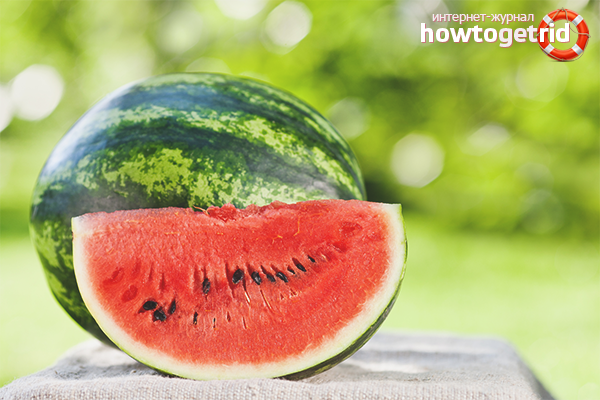
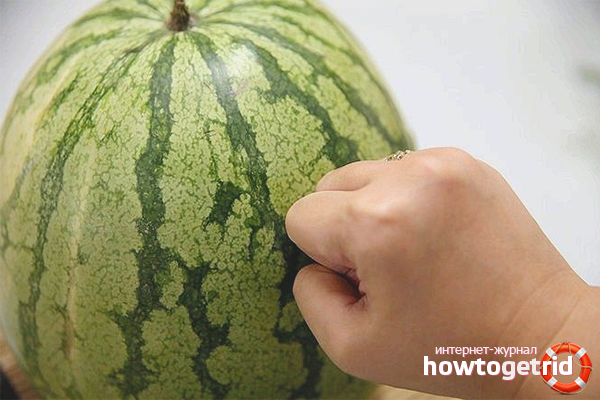


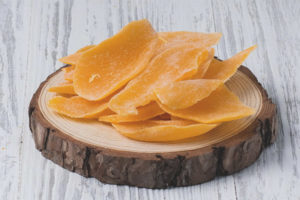
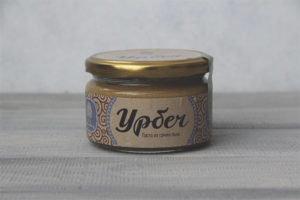
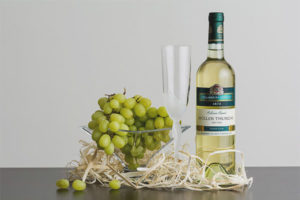
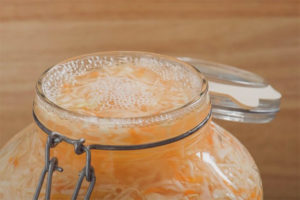


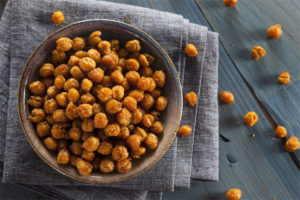
Submit